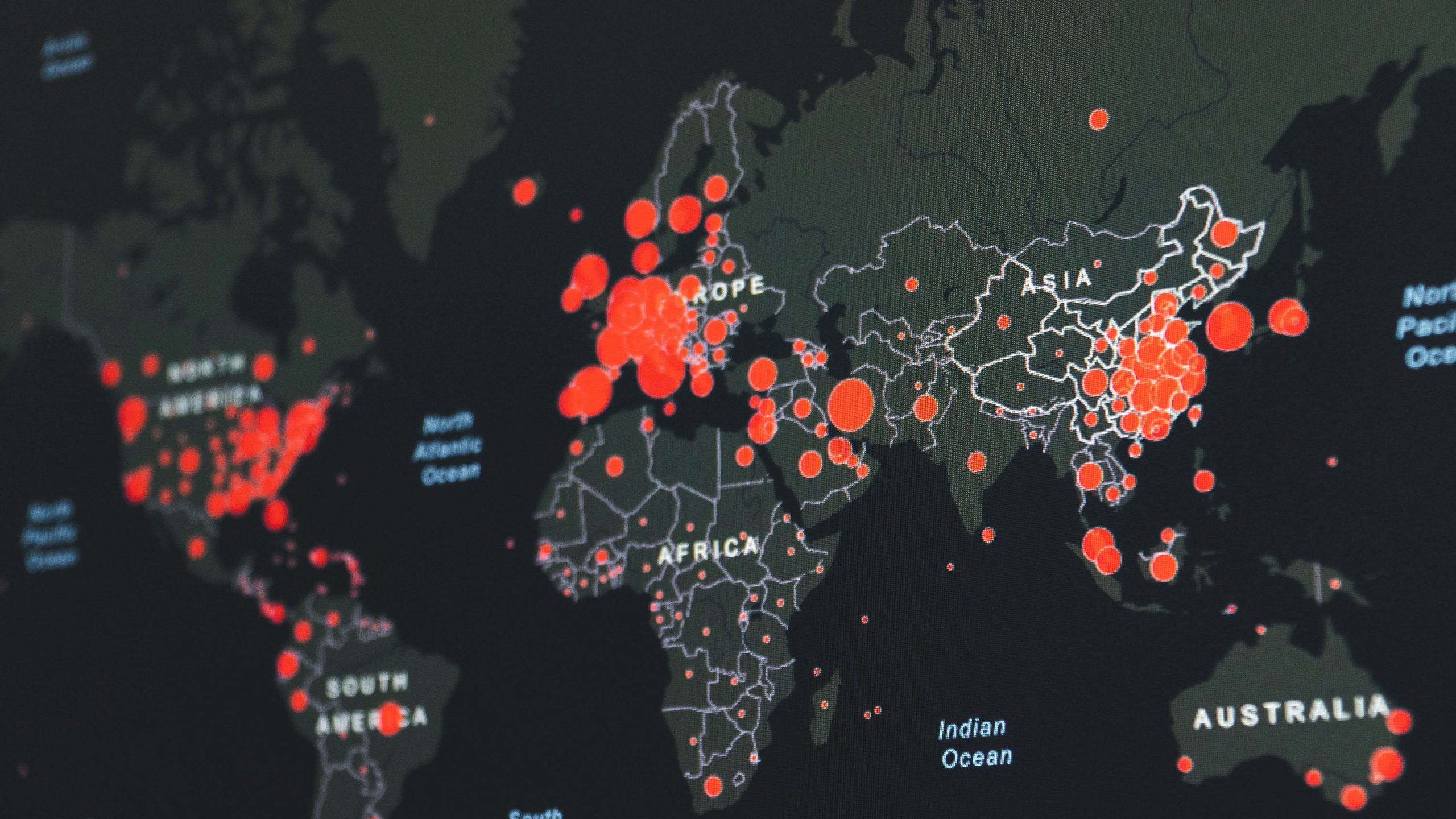A new study revealed that a coronavirus epidemic existed in East Asia – throughout China, Japan and Vietnam – more than 20,000 years ago. To date, the COVID-19 pandemic has taken more than 3.8 million lives and split open not only the fragile healthcare system but also the economy of certain countries.
According to a New York Times report, the ancient coronavirus is still visible in the DNA of people today.
As per NYT, the new finding can have a distressing impact on the COVID-19 pandemic if it is not brought under control soon.
David Enad, an evolutionary biologist at the University of Arizona said: “It should make us worry.”
“What is going on right now might be going on for generations and generations,” NYT quoted Enad as saying.
In 20 years, there have been three coronaviruses that have spiralled out of control: COVID-19, SARS and MERS, all of which jumped into our species from bats or other mammals.
Since coronavirus has a regular mutation rate, scientists were able to estimate when they diverged from a common ancestor. And with the help of this technique, they estimated that HCoV-HKU1 arose in the 1950s while HCoV-NL63 goes back to 820 years or so.
To look for evidence, they tested human DNA. On examination, they found 42 dominant versions of the coronavirus in certain East Asian populations. In hindsight, they said that the 42 versions can be the answer to solving the current COVID crisis.
“That was a strong signal that people in East Asia had adapted to an ancient coronavirus,” NYT said.
According to the scientists, the genes evolved their antiviral mutations between 20,000 and 25,000 years ago in response to an epidemic of a coronavirus.







